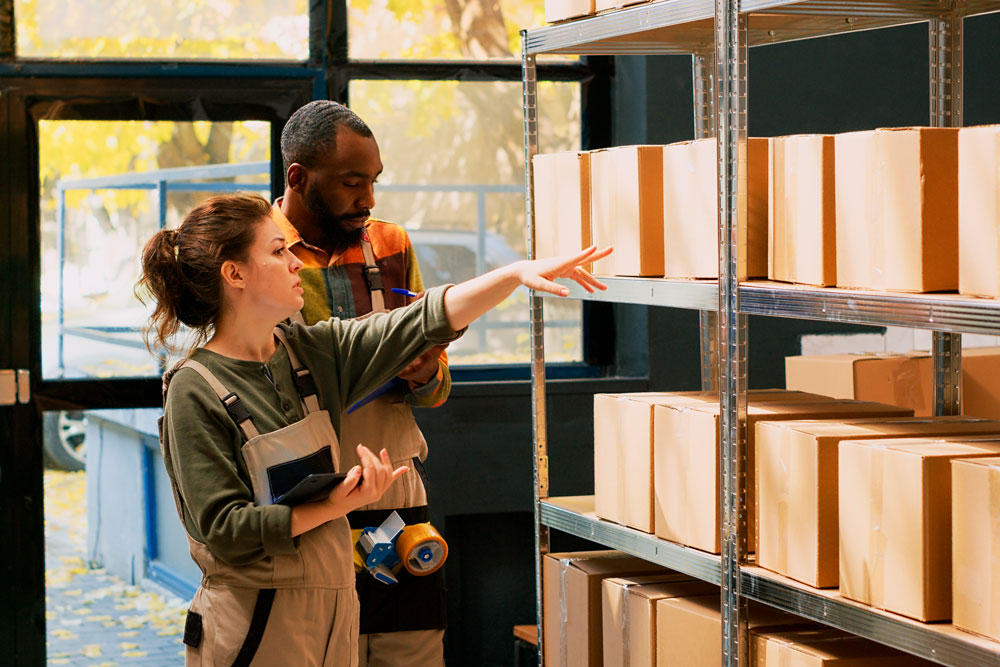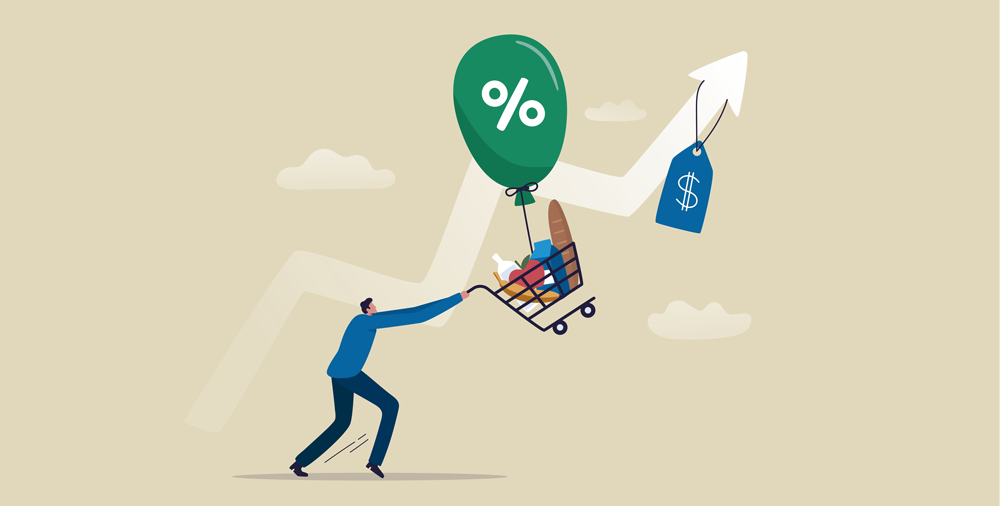
Source: www.mytotalretail.com
A lot has changed since the pandemic, yet one debate continues to divide retail experts and it involves the uncertain future of brick-and-mortar stores. Pessimists argue that the return on investment is too low, and that the migration to e-commerce is only just beginning. Others believe that in-store shopping serves an experiential purpose, which cannot be recreated online. In truth, while both sides have a point, the reality is that decisions about the value of physical retail comes down to how we measure store success.
Understanding the Value of Physical Stores
Over the last few years, stores have been stuck in a constant battle for survival. A tough economic backdrop, coupled with a rise in customer expectation, has made it tricky for stores to stay ahead. Now, things are beginning to change. As the crowded online retail fight intensifies, retailers are turning to their physical stores to acquire new customers, drive brand awareness, and deliver exceptional customer experience.
o give an example of this change in approach, a study found that merchants lose approximately $29 for every customer acquired. This cost was found to have increased by a staggering 60 percent when compared to its value five years ago. Similarly, customer retention has also become a challenge for online retailers. This has led to the realization that without a physical bond, consumers are harder to hold on to and routinely switch brands for better prices and products.
Equally, since the return of in-person shopping, physical stores have become a vital part of the fulfillment process. Stores are now expected to support e-commerce by providing convenient buy online, pick up in-store (BOPIS) services. This diversification means that stores need to support and reflect the hybrid nature of the brands they represent.
What Do Stores Need in Order to Thrive?
Digital transformation has become a familiar buzzword across many industries, and retail is no exception. Nonetheless, many physical retailers aren’t entirely sure what this means for them, and it’s hard to blame them when nobody has explained why or how to maximize the technology available to them.
To clear things up, here are a few ways stores can maximize digital solutions and go from survival to success:
- Adopt easy-to-use solutions.
It may sound simple, but when it comes to digital solutions it’s vital to select systems that are easy to integrate and manage. Even today, a significant number of digital transformations fail due to systems being overly complicated and difficult to leverage. Instead, retailers should look to replace old systems with ones that enable automation and make decision-making quick and straightforward.
- Access real-time data analytics.
Tapping into real-time data can be a game-changer when it comes to store performance. In the past, stores have been limited in their ability to respond to situations. Now, by leveraging technology, retail staff and managers can improve the visibility of their stores. This ability to monitor and react to conditions means that stores can observe the status of operations without delay and make better-informed decisions that help avoid these problems. In turn, by overseeing everything from inventory levels to cashier wait time, stores can increase customer satisfaction and exceed expectations.
- Gather customer feedback insights.
Collecting feedback is one of the best and fastest ways to improve the way a store operates. In the past, stores have largely relied on manual surveys to gather information. This is not only time consuming, but interrupts customers, too. Adopting digital feedback solutions has become a great alternative to traditional methods. Capable of processing thousands of feedback responses, retailers can visualize and filter responses to learn exactly who their customers are and what they want. In an era of personalization, the ability to identify and study customer feedback insights gives retail stores a huge opportunity to increase conversion, among other things.
- Use software to streamline store processes.
Consumer behavior is always evolving, and as a result so are stores. Amid the pandemic, retailers observed the most extreme examples of adapting to new expectations and routines. A good example of this was the introduction of remote working, which has forever changed the shopping habits of consumers. To streamline processes, retailers are required to make changes. Retail software is a great resource for deciding what changes to make, and measuring the impact and success of those modifications. A common alteration stores make is the layout. Being able to compare metrics like conversion, browsing time, in-store traffic flow and customer satisfaction before and after is invaluable in learning if changes are streamlining processes and increasing revenue.
- Identify recurring trends.
Last but not least, retail stores should think about how they can leverage technology to predict and prepare for tomorrow’s customer. By considering historical data, seasonality, promotional activities and other influencing factors, retailers can optimize inventory levels, improve supply chain efficiency, and minimize the risk of overstocking or stock-outs. This enables retailers to align their product offerings with anticipated customer demand, leading to improved customer satisfaction and reduced costs.
In isolation, the systems all serve to support the success of retail stores. Over time, stores should aim to bolster their suite of digital solutions. By gradually investing in and integrating technology, retailers will be able to layer insights on top of each other to further enhance their performance.













